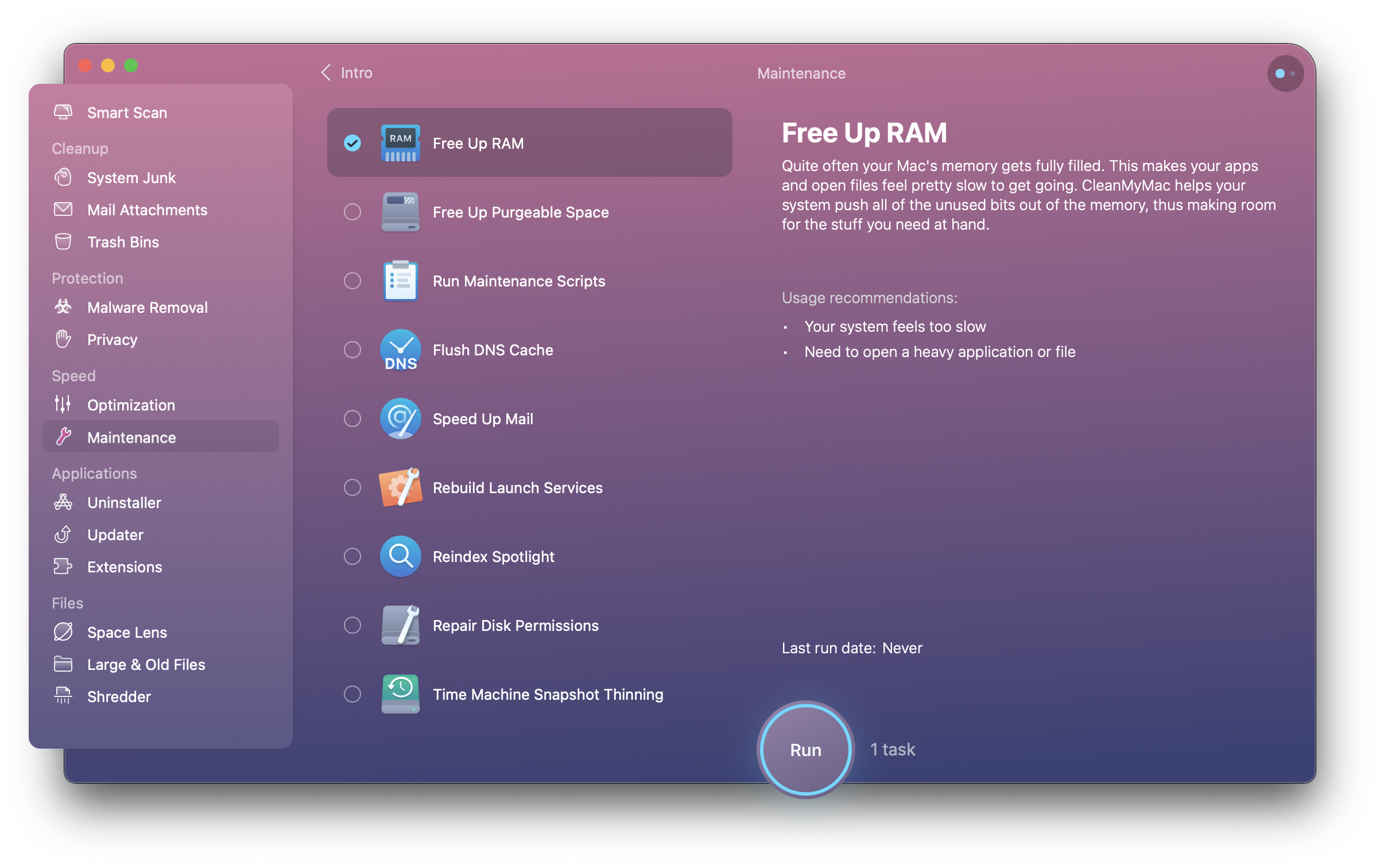Sep 06, 2019 The simplest way to install macOS or OS X on a new hard drive is by using Internet Recovery Mode. This mode is only available on Apple computers made after 2009 that were running OS X Lion or later. If your Mac is from before 2009 or never had OS X Lion, click here to jump to the next section. How to install an older version of macOS using Recovery mode Alongside the Command + R key combination we mention above there are a couple of other key combinations you can use to reinstall macOS. Note: If you’re trying to install the latest MacOS on a 2009 and later Apple computer, follow the MacOS internet recovery guide instead. If you have recently upgraded or replaced the hard drive for your MacBook or iMac, you will need to reinstall macOS onto it. This step is important. An Internet connection is needed in order to reinstall the macOS operating system. If you are using a laptop, make sure it is connected to a power source. How to install a new copy of macOS Big Sur in Recovery Mode. Recovery Mode is the special salvation of the Mac that first launched with OS X 10.7 Lion.
- Macos Recovery Install Latest Os Mac
- Macos Recovery Install Latest Os Mojave
- Macos Recovery Install Latest Os High Sierra
Start up from macOS Recovery
Determine whether you're using a Mac with Apple silicon, then follow the appropriate steps:
- Apple silicon: Turn on your Mac and continue to press and hold the power button until you see the startup options window, which includes a gear icon labeled Options. Select Options, then click Continue.
- Intel processor: Make sure that your Mac has a connection to the internet. Then turn on your Mac and immediately press and hold Command (⌘)-R until you see an Apple logo or other image.

If you're asked to select a user you know the password for, select the user, click Next, then enter their administrator password.
Reinstall macOS
Select Reinstall macOS from the utilities window in macOS Recovery, then click Continue and follow the installer's instructions.
Follow these guidelines during installation:

- Allow installation to complete without putting your Mac to sleep or closing its lid. Your Mac might restart and show a progress bar several times, and the screen might be empty for minutes at a time.
- If the installer asks to unlock your disk, enter the password you use to log in to your Mac.
- If the installer doesn't see your disk, or it says that it can't install on your computer or volume, you might need to erase your disk first.
- If the installer is for a different version of macOS than you expected, learn about other installation options, below.
- If the installer offers you the choice between installing on Macintosh HD or Macintosh HD - Data, choose Macintosh HD.
After installation is complete, your Mac might restart to a setup assistant. If you're selling, trading in, or giving away your Mac, press Command-Q to quit the assistant without completing setup. Then click Shut Down. When the new owner starts up the Mac, they can use their own information to complete setup.
Other macOS installation options
Macos Recovery Install Latest Os Mac
By default, macOS Recovery installs the latest macOS that was previously installed on your Mac.* You can get other macOS versions using one of these methods:
Macos Recovery Install Latest Os Mojave
- On an Intel-based Mac, you can use Option-Command-R at startup to upgrade to the latest macOS that is compatible with your Mac. Exceptions:
- If macOS Sierra 10.12.4 or later was never previously installed, you will receive the macOS that came with your Mac, or the closest version still available.
- If your Mac has the Apple T2 Security Chip and you never installed a macOS update, you will receive the latest macOS that was installed on your Mac.
- On an Intel-based Mac that previously used macOS Sierra 10.12.4 or later, you can use Shift-Option-Command-R at startup to install the macOS that came with your Mac, or the closest version still available.
- Reinstall macOS from the App Store instead of using macOS Recovery. If you can't install the latest macOS, you might be able to install an earlier macOS.
- Create a bootable installer, then use it to install macOS on your Mac or another Mac.
Macos Recovery Install Latest Os High Sierra
* If you just had your Mac logic board replaced during a repair, macOS Recovery might offer only the latest macOS compatible with your Mac. If you erased your entire disk instead of just the startup volume on that disk, macOS Recovery might offer only the macOS that came with your Mac, or the closest version still available.
